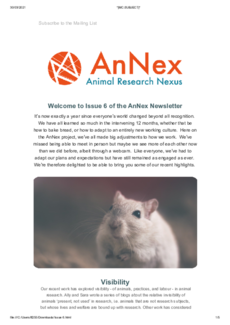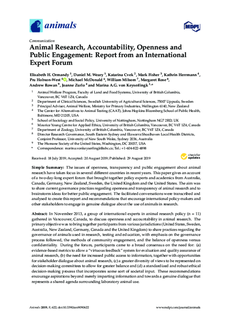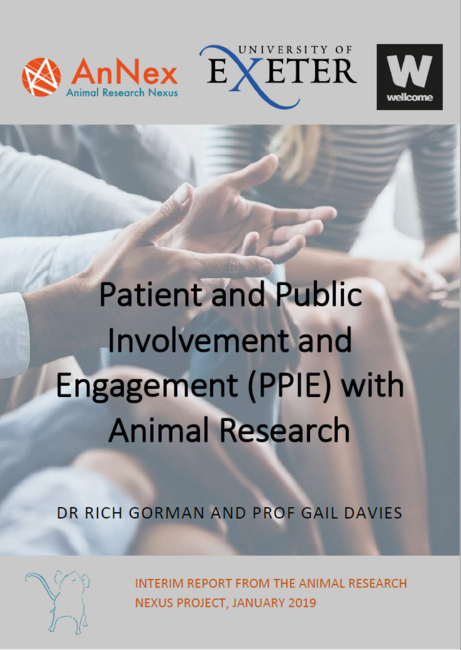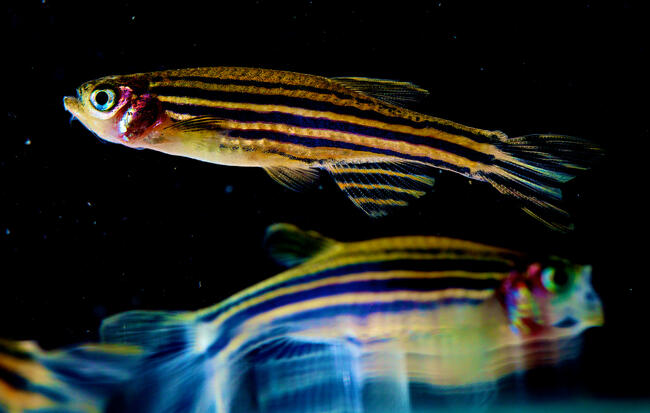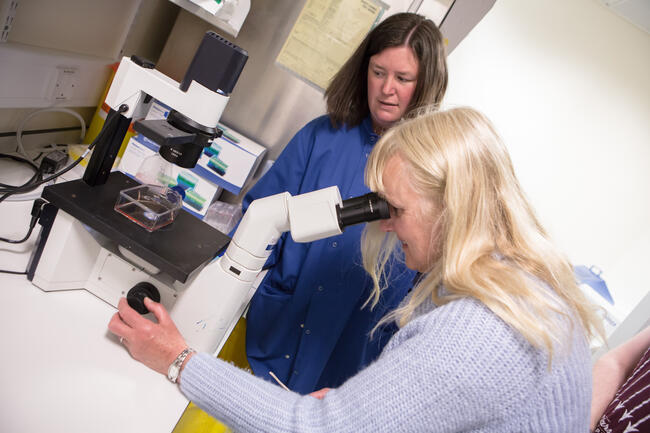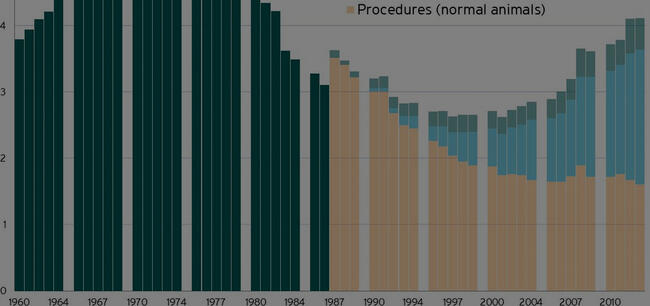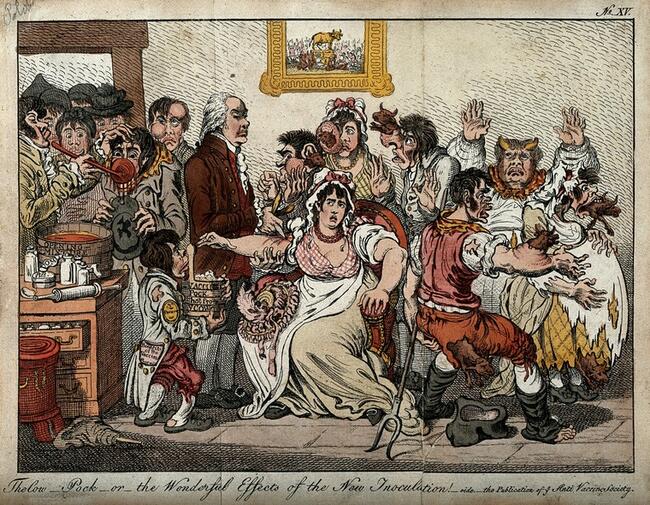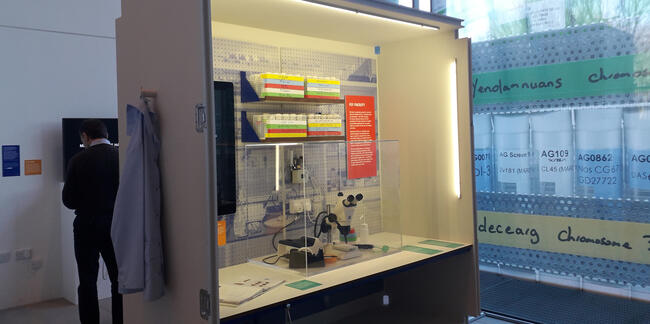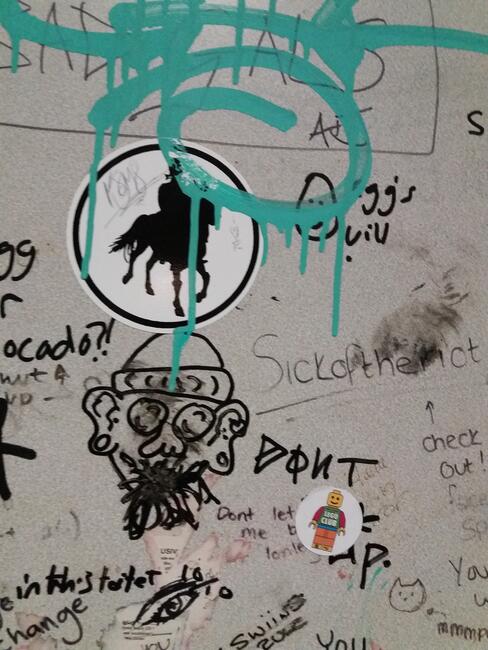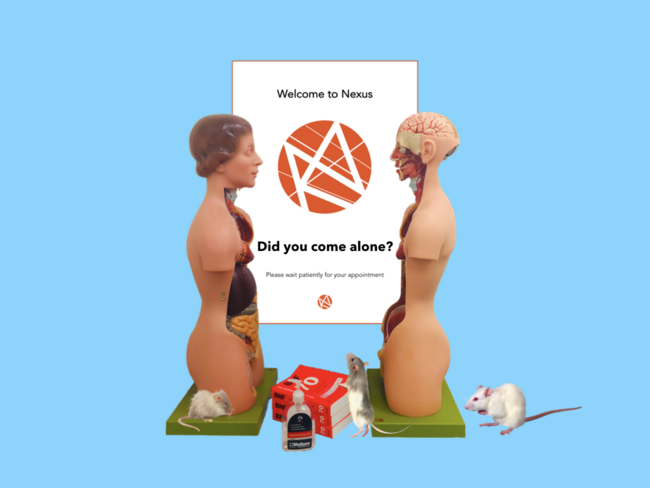Openness & Transparency
Relevant, tagged site content:
Engagement Activities
This engagement activity invites people to draw a label which could be used to denote the role of animal research in the production of medicines.
Publications
This report contributes to a growing body of advice around how to involve people affected by health conditions in laboratory or biomedical research. It draws on work completed as part of the Animal Research Nexus Programme (2017-2023) and brings together our findings with resources to help people who might be involved in conversations around the use of animals in laboratory research in the UK.
This thesis explores how the topic of laboratory animal research is related to in everyday life in the UK, providing a sociological analysis of practices of knowing, caring, and constructing necessary biomedical uses of animals. In doing so, it develops the few qualitative studies of societal understandings of animal research, aiming to expand analyses in this area beyond measurement of polarised and static notions of acceptance or opposition. Instead, this thesis approaches understandings of animal research as relational and positional, emerging within particular yet shared social worlds which give the issue meaning in the everyday.
With an established history of controversy in the UK, the use of animals in science continues to generate significant socio-ethical discussion. Here, the figure of ‘the public’ plays a key role. However, dominant imaginaries of ‘the public’ have significant methodological and ethical problems. Examining these, this paper critiques three ways in which ‘the public’ is currently constructed in relation to animal research; namely as un- or mis-informed; homogenous; and holding fixed and extractable views. In considering an alternative to such imaginaries, we turn to the Mass Observation Project (MOP), a national life-writing project in the UK.
Animal research remains a practice marked by controversy and moral dilemma. However, UK science-society dialogues on the issue are increasingly managed via one-way transmissions of information which construct publics as passive and attribute their concerns to a lack of ‘correct’ knowledge. Challenging such assumptions, this paper questions how and why people actively manage their interactions with animal research through entangled practices of knowing and caring. Based on an analysis of writing from the UK Mass Observation Project, this paper explores difficulties and discomforts associated with animal research which can cause strategic withdrawals from engagements with the topic. In doing so, it extends existing concepts of ‘uncomfortable knowledge’ (Rayner) and ‘strategic ignorance’ (McGoey) to develop novel concepts of ‘uncomfortable’ and ‘strategic’ care. Finally, in examining desires to respond to animal research, I engage with Haraway’s notion of ‘response-ability’ to introduce the concepts of ‘responsive caring’ and ‘responsive knowing’.
Our recent work has explored visibility - of animals, practices, and labour - in animal research.
The issues of openness, transparency and public engagement about animal research have taken focus in several different countries in recent years. This open access paper gives an account of a two-day-long, international expert forum on this topic.
This report discusses the different expectations people have of Patient and Public involvement and Engagement with animal research. We review the opportunities and challenges across perspectives. We also identify preliminary recommendations for enabling more meaningful involvement.
Blog entry
Research conducted by members of the AnNex team has highlighted the growing number of initiatives designed to engage and involve people with health conditions with the research that affects them.
Lately, the Nottingham team have been reflecting on reflecting.
We’ve created a ‘Do-It-Yourself’ version of our favourite fish – the AnNex Psychic Fish.
In our work on the cultures of care and communication in animal research, we often asked ourselves the question: why are fish not the ‘poster critters’ of animal research?
A lot of guidance has been written about how to actively involve patients and the public in clinical research, and evidence is growing about the value of this.
In AnNex projects Species and Spaces (S&S) and Markets and Materials (M&M), we have devoted much
This is one of a series of Animal Research Nexus blogs drawing on our current and past work to explore the human-animal and science-society entanglements in the Covid-19 pandemic.
I visited the Craft and Graft exhibition at the Crick Institute before it closure in early February 2020.
When you build a world you have the luxury (and burden) of designing everything within it.
On the 21st May, Pru Hobson-West and I dipped our toes into public engagement around animal research at the Nottingham Pint of Science Festival 2019.
Events
Have you ever thought about the role that animals play in producing new medicines? Want to try a creative way of thinking about this topic?
“Hi. How are you?” This is a common greeting used to ask about health, but has anyone ever asked you; “did you come alone?” We’ll be exploring these questions in a short, interactive, one-on-one scenario.
The workshop shall intoduce the Concordat on Openness in Animal Research, explaining its commitments, and the different exceptions around openness.

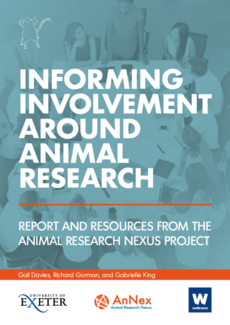
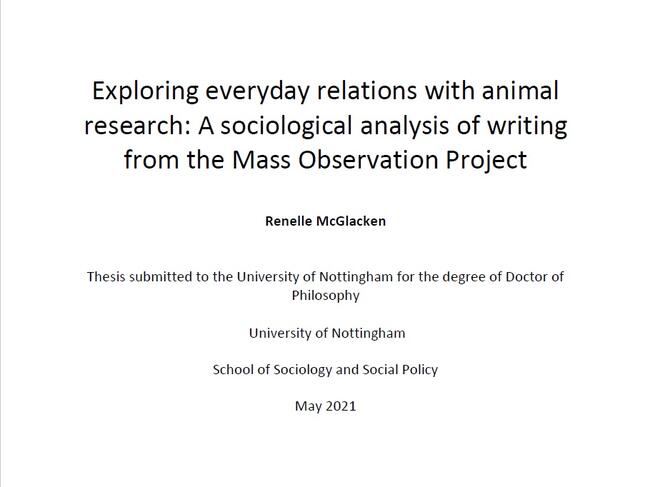
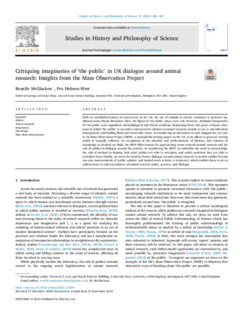
 Knowing and (Not) Caring About Animal Research_0.png%3Fitok=2jjq5NPu)
